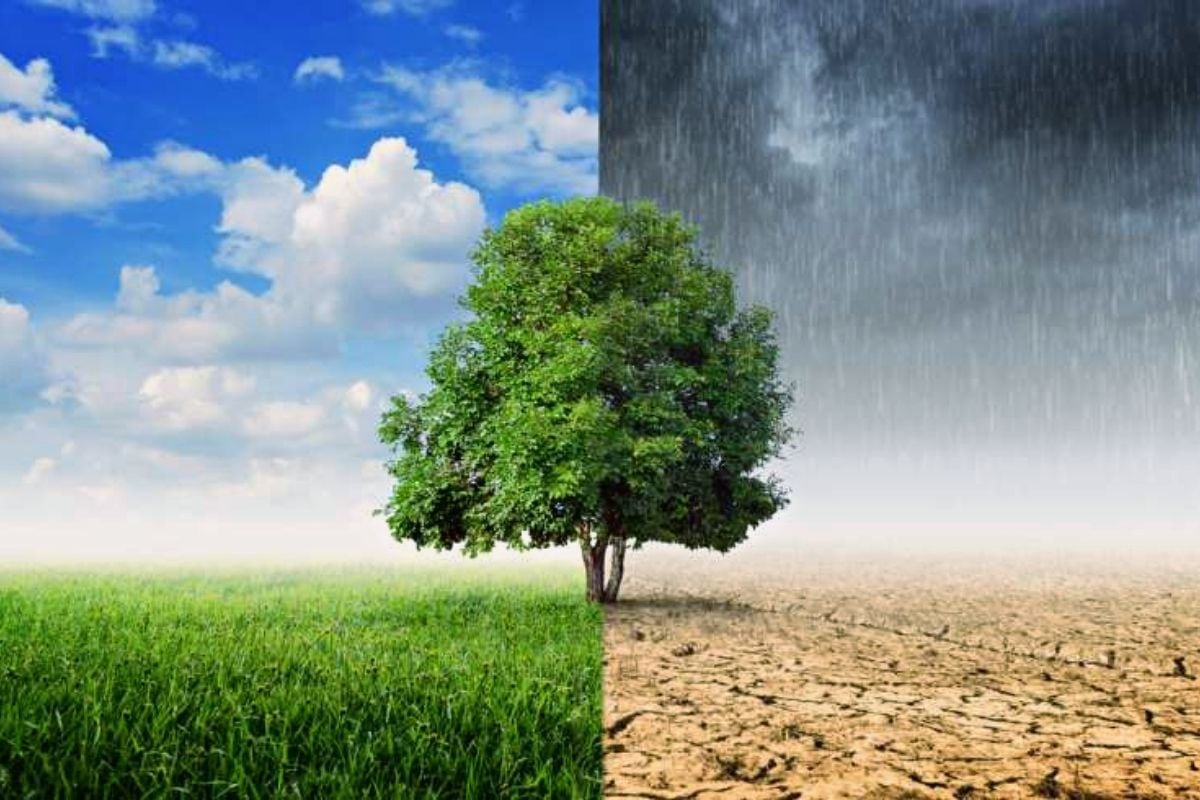
Earth Hour in Peru is a special time for all of us to reflect on the actions we take on a daily basis to take care of the environment. By making changes in our routine we can join forces for the welfare of the Earth, the only home we have.
The country experienced one of the most difficult times for the ecosystem when the oil spill in the Peruvian sea was reported, which caused damage irreparable in the habitat of animals. Despite the efforts of professionals, it was not possible to save the lives of all the species that were rescued with serious internal and external injuries.
Do you want to know more? Find out what Earth Hour is and why you should join the environmental movement.
10 ACTIONS TO SAVE THE PLANET
1. LESS PLASTIC: It is estimated that 8 million tons of plastic reach our oceans every year; this is equivalent to a dump truck every minute. This material takes hundreds of years to degrade and we are just beginning to understand its impact on wildlife.
How can I avoid its use? Choose canvas bags or reusable bottles that help reduce plastic pollution. Opt for reuse and avoid plastic utensils in restaurants. Implement recycling actions in your day to day life.

2. WATER FOR ALL: U.S. consumers spend up to 10,000 times more per gallon on bottled water than on tap water. Use recycled packaging or that you can use several times, in this way, you will avoid additional expenditure, as well as maintain the cycle of buying and selling plastic. Measure your times when you wash, bathe or brush your teeth.
3. SAVE THE WOODS: Try to buy products with the highest possible recycled content, whether it's 100% recycled or FSC-certified toilet paper or tissues. Opt for electronic invoicing and plant a tree that can absorb a ton of carbon dioxide over its lifetime.
4. TAKE CARE OF YOUR RESOURCES: Be aware of what you invest and risk when doing any daily activity that apparently cannot cause harm. Above water, leaving the faucet open for 5 minutes requires approximately as much energy as a 60-watt bulb consumes in 14 hours.
A full tub needs approximately 70 gallons (265 liters) of water, while taking a 5-minute shower requires only 10 to 25 gallons (38 to 95 liters).

5. COOKING SAVING: Use the microwave instead of the stove to save energy. These appliances use approximately 50% less energy than conventional ovens. Hand washing for 10 minutes under running water may require up to 20 gallons (75 litres).
6. RECYCLE AS MUCH AS YOU CAN: Recycling a ton of paper saves 7,000 gallons (26,400 liters) of water, 3 cubic yards of landfill space, and 4,100 kilowatt-hours of electricity. Reuse containers and reduce waste. The average school lunch for a child generates 67 pounds of waste in a year.
7. AVOID WASTING: Choose low-toxic paints that are low in volatile organic compounds or VOCs, which can irritate the lungs and cause allergic reactions. Non-VOC paints are also available.
If you use solid wood for a project, select products with the Forest Stewardship Council (FSC) label, which certifies that the wood was grown and handled responsibly. Or search for salvaged products in local used building materials stores.

8. DON'T WASTE FOOD: Buying fresh, local food prevents them from traveling long distances and helps them retain flavor and nutrients. To avoid waste, plan ahead and buy only what you need, use your freezer to keep your food in good condition much longer, use the ingredients you already have at home, and get creative with what you have left over.
9. SAVE ENERGY: Turn off lights when you leave any room and use natural light when you can. Replacing an incandescent bulb with a compact fluorescent lamp can save about 150 pounds of carbon dioxide per year. CFLs produce the same amount of light, use 1/3 of the electricity and last up to 10 times longer.
10. CLEAN WITH LESS: If your washing machine can be set to choose the amount of laundry you are going to wash, choose the lowest option. Using cold water can save up to 80% of the energy required to wash clothes.
KEEP READING
Últimas Noticias
Debanhi Escobar: they secured the motel where she was found lifeless in a cistern
Members of the Specialized Prosecutor's Office in Nuevo León secured the Nueva Castilla Motel as part of the investigations into the case

The oldest person in the world died at the age of 119
Kane Tanaka lived in Japan. She was born six months earlier than George Orwell, the same year that the Wright brothers first flew, and Marie Curie became the first woman to win a Nobel Prize

Macabre find in CDMX: they left a body bagged and tied in a taxi
The body was left in the back seats of the car. It was covered with black bags and tied with industrial tape
The eagles of America will face Manchester City in a duel of legends. Here are the details
The top Mexican football champion will play a match with Pep Guardiola's squad in the Lone Star Cup

Why is it good to bring dogs out to know the world when they are puppies
A so-called protection against the spread of diseases threatens the integral development of dogs




